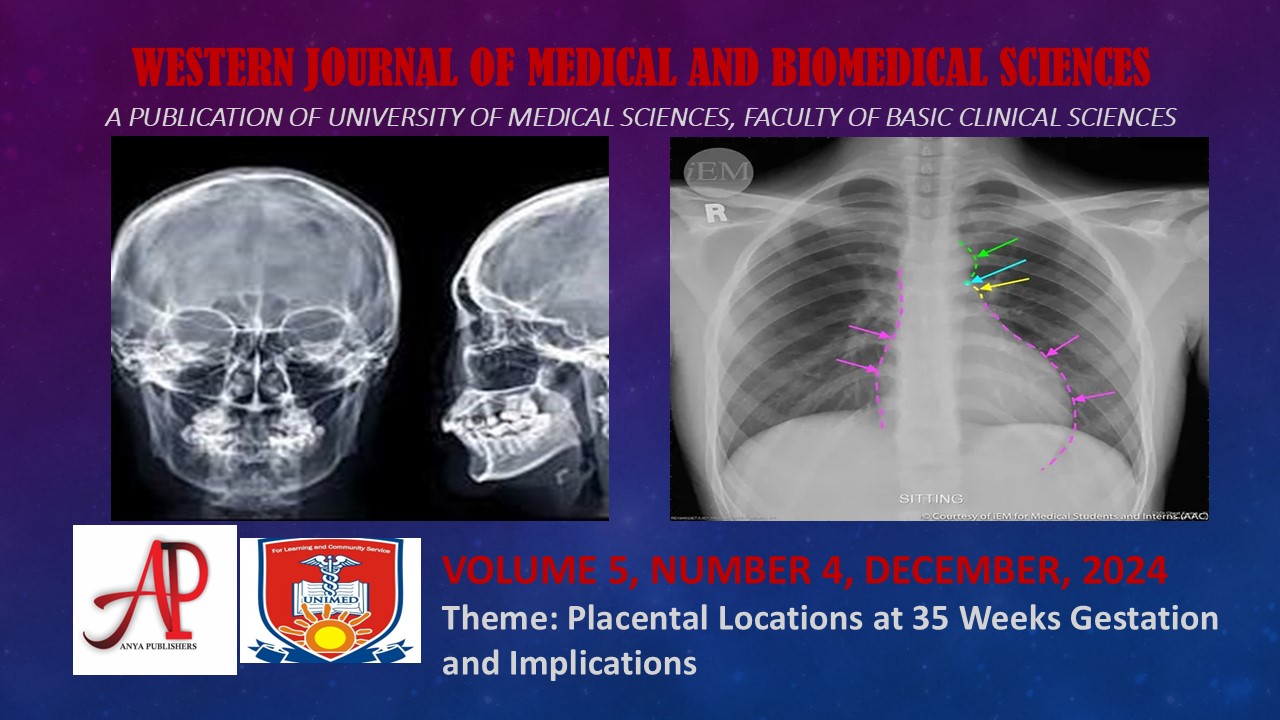Self-Reported Respiratory Symptoms and Associated Risk Factors Among Quarry Workers in Gusau, Zamfara State, Northwest Nigeria
Keywords:
Gusau, Quarry workers, Respiratory symptoms, Self-reportedAbstract
Quarry workers are exposed to inhalable dust particulate matter during excavating, chiselling, cutting, loading and transportation of the quarried stones. Stone dust exposure is associated with respiratory symptoms like cough, dyspnoea and chest pain. This study assessed self-reported respiratory symptoms and associated risk factors among quarry workers in Gusau so as to be able to educate the workers on the burden of their respiratory morbidities and its preventions. This cross-sectional study was conducted among 307 quarry workers in Gusau between July and August 2022. The respondents were selected using a systematic sampling technique. Data was collected using an interviewer[1] administered questionnaire and analysed using IBM SPSS version 25. Chi-square test was used to assess associations between socio-demographic characteristics and self-reported respiratory symptoms, and data were presented in tables and charts. The mean age of the respondents was 29.8 ± 10.7 years, and a little above one-third, 111 (36.2%), had worked for over ten years. A hundred and twenty-one (39.4%) of the respondents reported at least one respiratory symptom. The commonest symptom reported was nasal congestion 74 (24.1%), followed by morning cough 68 (22.1%). Number of hours worked per day (aOR 2.46, 95% CI = 1.40 - 4.34) and duration of work in the quarries (aOR 4.89, 95% CI: 2.53 - 9.43) were the predictors of the respiratory symptoms among the workers. This study revealed a high burden of respiratory symptoms among the respondents, with nasal congestion being the commonest symptom. Hours worked per day and duration of work in the quarries were predictors of respiratory symptoms. Hence, there is a need for state regulatory authorities to educate and enforce the practice of working for only 8 hours a day and use of PPE.

